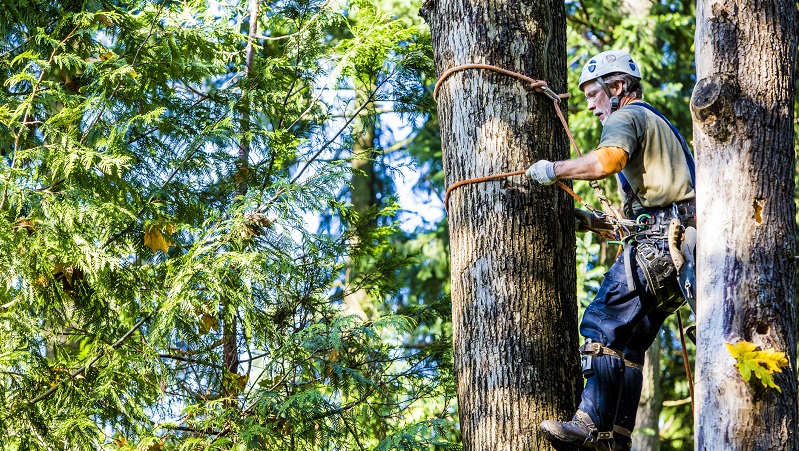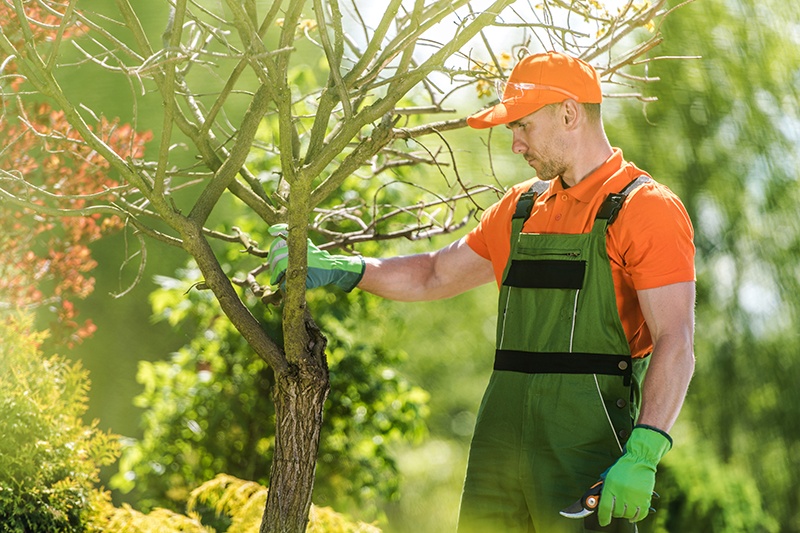Understanding the Significance of Tree Conservation and Conservation Practices in Urban Areas
In the busy landscape of city environments, trees typically stand as silent guardians, offering a wide range of benefits that extend much past their aesthetic appeal. Comprehending the significance of tree preservation and conservation practices in these locations is not simply an alternative technique but an ecological consideration to promoting resistant and sustainable areas. As we check out the interwoven textile of environmental, social, and financial benefits that metropolitan trees offer, it ends up being apparent that their preservation is pivotal for the well-being of future and existing generations. Allow us start a trip to uncover the essential duty that trees play in forming the metropolitan landscapes of tomorrow.
Environmental Advantages of Trees in Cities
Trees in urban areas play a critical duty in providing various environmental benefits, adding to the total well-being of city dwellers. This process helps minimize the concentration of damaging gases, making the air cleanser and healthier for citizens.

Furthermore, trees contribute to water management by lowering stormwater overflow and soil disintegration. Their origin systems soak up excess water, avoiding flooding and filtering pollutants before they get to water bodies. This natural process helps maintain water high quality and shields water ecological communities in metropolitan areas. In general, the ecological benefits of trees in cities are crucial for producing sustainable and comfortable urban atmospheres.
Social Significance of Urban Tree Conservation
In modern urban landscapes, the preservation of trees holds substantial social value for cultivating neighborhood health and enhancing high quality of life. Urban tree preservation plays an important role in developing areas for social interaction and area interaction.

Economic Value of Tree Preservation
The conservation and conservation of city trees use substantial economic advantages that contribute to the total financial health of cities and communities. Urban trees supply a vast array of economic benefits that favorably impact regional economies. One substantial economic benefit of tree preservation is the increase in residential or commercial property values. Trees boost the aesthetic charm of areas, resulting in greater home worths and bring in prospective buyers or lessees. City trees help reduce energy expenses by supplying color in the summertime and acting as windbreaks in the winter months, therefore decreasing the need for home heating and cooling down systems.
Additionally, trees play a critical duty in decreasing stormwater overflow and mitigating the effects of flooding, which can result in cost savings for cities in terms of infrastructure maintenance and repair service. Urban trees additionally add to boosted air quality by absorbing pollutants and launching oxygen, leading to potential savings in healthcare costs related to respiratory diseases. By investing and identifying in the economic worth of tree preservation, cities can advertise lasting development, enhance lifestyle, and produce even more durable city atmospheres.
Approaches for Lasting Urban Tree Administration
An extensive approach to lasting urban tree monitoring involves incorporating diverse methods that prioritize long-lasting environmental health and wellness and community wellness. Implementing tree supplies and assessments is critical to comprehend city tree populations, their wellness, and maintenance demands. Routine trimming, watering, and mulching are important techniques to make sure tree vitality. Additionally, taking on tree planting programs that concentrate on native and climate-resilient species can improve city biodiversity and sustainability.
Neighborhood engagement plays a critical function in sustainable metropolitan tree administration. Informing citizens concerning the advantages of trees, official site arranging tree growing occasions, and including volunteers in tree treatment tasks promotes a sense of ownership and stewardship. Partnership between local government, environmental organizations, and locals is crucial to creating and carrying out reliable tree management plans.
Purchasing eco-friendly framework, such as eco-friendly roofs and metropolitan woodlands, can offer several advantages, consisting of boosted air quality, stormwater administration, and metropolitan warmth island mitigation. Tree service guilford ct. Integrating trees right into city preparation and design procedures makes certain that trees are valued as essential parts of a durable and healthy and balanced city atmosphere
Area Participation in Tree Conservation
Neighborhood involvement is a fundamental part in cultivating sustainable urban tree monitoring methods and ensuring the lasting health and wellness and conservation redirected here of city tree populaces. Involving the area in tree preservation efforts can lead to raised understanding, appreciation, and stewardship of trees within city areas. When homeowners actively take part in tree growing, maintenance, and conservation initiatives, they create a sense of ownership and satisfaction in their neighborhood setting.
Neighborhood involvement also advertises social cohesion and cooperation among citizens, neighborhood authorities, and environmental companies, fostering a common duty for urban tree preservation. By organizing tree growing events, instructional workshops, and volunteer chances, communities can work with each other to improve the urban tree canopy and produce greener, much healthier cities. Involving residents in decision-making processes regarding tree management ensures that diverse perspectives and local knowledge are considered, leading to more effective and lasting conservation practices. Eventually, community involvement plays a critical duty in structure resistant and growing city forests for future generations to enjoy.
Conclusion
To conclude, urban tree conservation and preservation techniques play a crucial role in enhancing the ecological, social, and financial wellness of cities. By recognizing the value of trees in urban locations and applying sustainable administration approaches, neighborhoods can delight in the countless benefits that trees supply. It is necessary for stakeholders to actively take part in tree conservation efforts to make sure a greener and much healthier metropolitan environment for future and existing generations.
